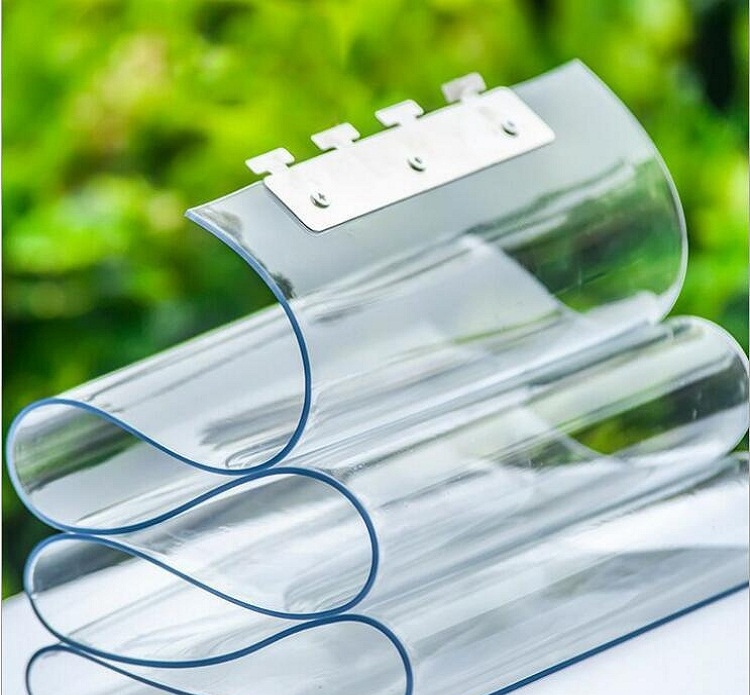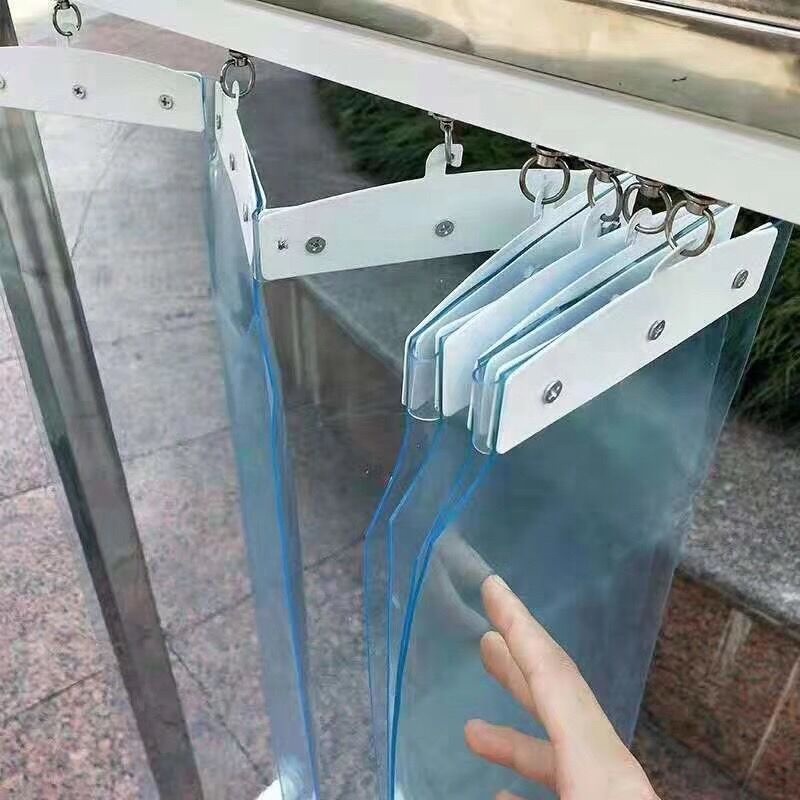Installation Leakage Rate > 5%? 3 Fatal Mistakes in Sealing Installation of PVC Smooth Curtains
In industrial settings such as food processing plants, cold storage facilities, and clean rooms, PVC smooth curtains are widely used to maintain temperature, control dust, and ensure hygienic conditions. However, an installation leakage rate of more than 5% can seriously undermine the effectiveness of these curtains. Here are three common and often overlooked mistakes in the sealing installation of PVC smooth curtains that could lead to such high leakage rates.
1. Incorrect Sealant Selection
One of the most fundamental mistakes is choosing the wrong sealant for PVC smooth curtains. Many installers might opt for a general - purpose adhesive without considering the specific properties of PVC. PVC is a synthetic material that requires a sealant compatible with its chemical composition. Using an incompatible sealant can result in poor adhesion, which in turn leads to gaps and leaks.
For example, some traditional silicone - based sealants may not bond well with PVC over time. As the curtain experiences temperature fluctuations and normal wear - and - tear, the sealant may start to peel away from the PVC surface. In cold storage environments where temperatures can drop to sub - zero levels, the wrong sealant can become brittle and crack, creating pathways for air leakage.
The solution is to use a sealant specifically formulated for PVC. These sealants are designed to have excellent adhesion to PVC, maintain flexibility across a wide temperature range, and resist degradation from environmental factors such as moisture and chemicals. Before starting the installation, always check the product specifications of the sealant to ensure it is suitable for PVC smooth curtains.
2. Inadequate Surface Preparation
Proper surface preparation is crucial for a successful seal. Failing to clean and prepare the surfaces where the PVC smooth curtain will be installed can prevent the sealant from adhering effectively. Surfaces may be contaminated with dust, grease, or other debris, which act as barriers between the curtain and the sealant.
In a food factory, for instance, the areas around the curtain installation may be covered in food residues, oils, or cleaning agents. If these contaminants are not thoroughly removed, the sealant will not form a strong bond with the PVC curtain or the surrounding structure. Even a thin layer of dust can reduce the adhesion strength of the sealant by up to 50%, according to industry studies.
To avoid this mistake, the installation area should be cleaned with a suitable solvent or detergent that is safe for PVC. After cleaning, the surface should be dried completely. A lint - free cloth can be used to wipe away any remaining moisture or particles. Additionally, rough surfaces on the PVC curtain or the installation substrate should be sanded lightly to create a better surface for the sealant to grip. However, care must be taken not to damage the PVC curtain during the sanding process.
3. Improper Installation Technique
The installation technique itself can also be a major source of leakage. Incorrect application of the sealant, uneven curtain hanging, or improper joining of curtain panels can all contribute to a high leakage rate.
When applying the sealant, it is important to use the right amount and apply it evenly. A common error is applying too little sealant, which leaves gaps in the seal. On the other hand, applying too much sealant can cause it to squeeze out and create a messy appearance, and may also not provide a proper seal. The sealant should be applied in a continuous bead along the edges of the curtain and the installation area, following the manufacturer's recommended width and thickness.
Uneven hanging of the PVC smooth curtain can also lead to gaps. If the curtain is not level or is sagging in some areas, air can pass through the uneven spaces. During installation, use a level to ensure the curtain is hung straight. For multi - panel curtains, proper joining techniques are essential. If the panels are not joined tightly or if the joining method is incorrect, air can leak through the seams. Some installers may use staples or nails to join the panels, which can create holes and leaks. Instead, a heat - sealing or adhesive - based joining method that creates a seamless connection is recommended.
By avoiding these three fatal mistakes in the sealing installation of PVC smooth curtains, installers can significantly reduce the leakage rate and ensure that the curtains perform optimally. Proper sealant selection, thorough surface preparation, and correct installation techniques are the keys to achieving a tight and effective seal, maintaining the integrity of the environment where the PVC smooth curtains are insta



